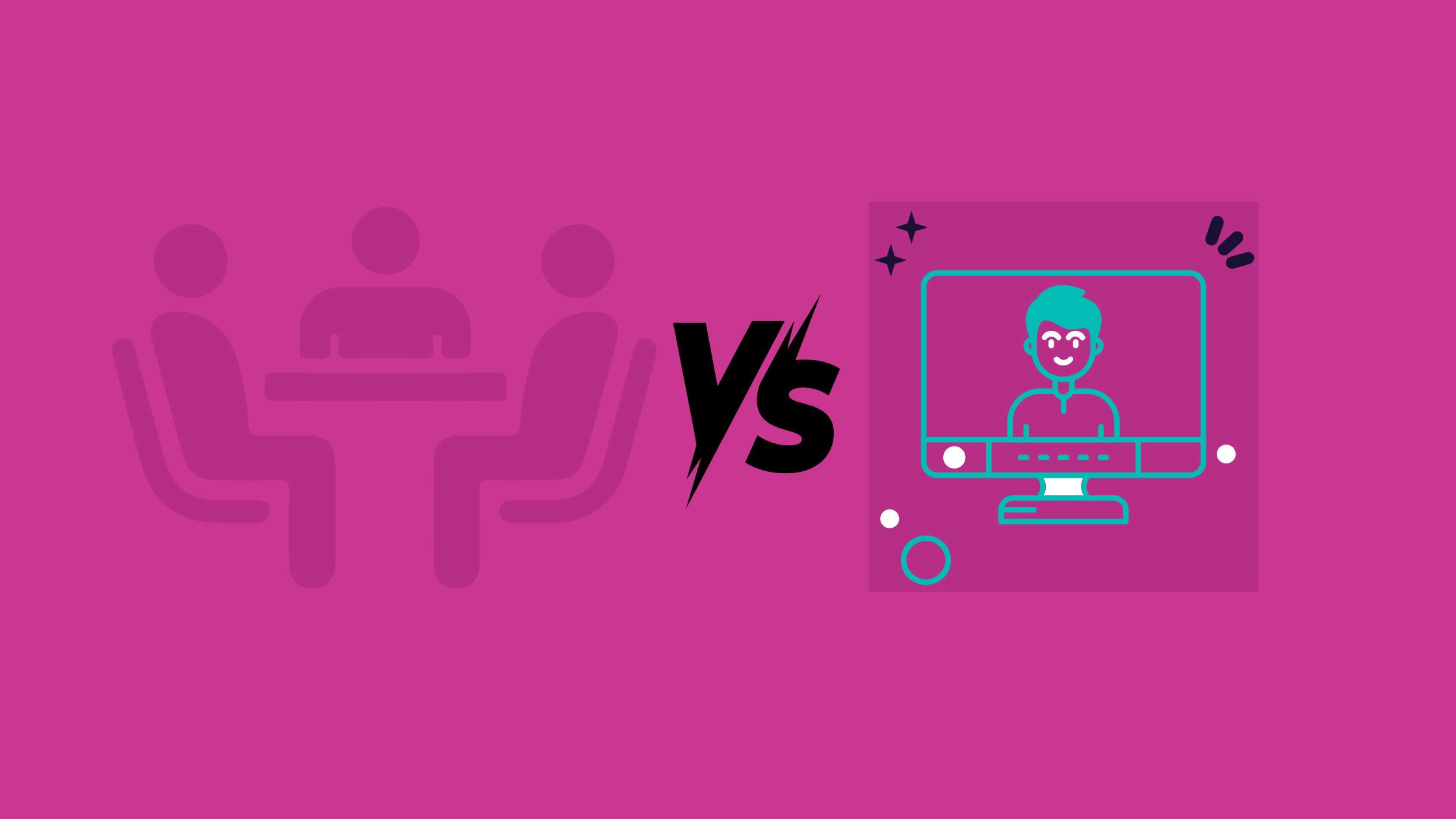Every company aspires to expand and reach new clients. But to make that happen, someone has to start talking to people first and make them feel interested. These first talks are very important because they help decide if a person might become a real customer later. This is the job of Sales Development Representatives, or SDRs.
Today, many companies are thinking about what works better. Should they have SDRs sitting in the office, or should they let them work from home? This is what we call In-House vs Remote SDRs. Both choices can work well, but they are a little different. In-house SDRs work with the main team in the office, while remote SDRs work from other places, sometimes even from other countries and time zones.
The main question most business owners ask is: which model brings more qualified leads? To find the answer, we first need to understand what SDRs really do and how both teams handle the sales process.
What Is an SDR (Sales Development Representative)?
An SDR, or Sales Development Representative, plays a key part in the sales journey. Their job is to find new people who might be interested in a company’s service or product. They don’t usually close the deal, but prepare the way for the sales team. You can think of SDRs as the bridge between marketing and sales.
The Core Role of an SDR in the Sales Funnel
The sales funnel shows how customers move from hearing about a company to finally buying something. SDRs help at the early steps of this path.
- At the top of the funnel, SDRs reach out to people who might not know much about the brand. They do this through calls, emails, or messages to start friendly conversations.
- In the middle of the funnel, SDRs talk with people who have shown interest. They ask simple questions to understand what problems the person wants to solve.
- At the bottom of the funnel, SDRs pass qualified leads to the sales team with all the details needed to continue.
This process is known as lead qualification efficiency. When done right, it helps the sales team focus only on strong and interested leads, which increases the chance of conversion.
How SDRs Drive Revenue and Sales Efficiency
SDRs may not close the final sale, but their work has a direct effect on revenue. A skilled SDR filters out cold leads, so the sales team can spend time on people who are actually ready to buy.
Remote SDRs often add extra value here. With the right tools, they can work across time zones and reach more people during different hours. This can improve lead qualification and build early trust. It’s also one of the clear advantages of remote SDRs, as they help a company grow without the need for extra office space or high costs.
A good SDR team, whether in-house or remote, is like the heartbeat of the sales system, keeping things steady, focused, and moving forward.
Understanding the Two Models – In-House vs Remote SDRs

Every company wants a team that brings in quality leads and keeps the sales process smooth. Before choosing between In-House vs Remote SDRs, it’s important to know how each model works.
An in-house SDR vs remote SDR comparison helps you see where each model fits best. Some companies prefer an office-based setup for closer coordination, while others choose remote teams for flexibility and wider reach.
If you want to explore in detail how remote SDR teams are structured and managed, you can read our main guide, How to Build a Remote SDR Team – Smartest Way to Scale B2B Sales. It explains every step clearly, from setup to performance tracking.
What Defines an In-House SDR Team
An in-house SDR team works from the company’s office. They sit close to managers, marketers, and salespeople, making it easy to communicate and share quick updates.
Main traits of an in-house team include:
- Working under the direct supervision of sales managers.
- Attending in-person meetings and training sessions.
- Having access to company tools and resources.
This setup is useful when a company values close teamwork and quick feedback. However, it also brings higher costs, rent, equipment, utilities, and other office expenses, which can increase over time.
What Defines a Remote SDR Team
A remote SDR team works from different locations but stays connected through tools like Zoom, Slack, and CRM software.
Main traits of a remote SDR team include:
- Clear daily schedules and digital collaboration.
- Recorded calls, messages, and shared data.
- Virtual check-ins and team updates.
The advantages of remote SDRs are clear. They help companies save money, access global talent, and work across time zones. This makes it possible to reach leads around the clock, improving lead qualification efficiency.
Good communication is key to remote success. Managers must set clear targets, give regular feedback, and use online tools to keep everyone aligned. When managed well, remote teams can perform just as effectively as in-house ones.
Which Model Is More Budget-Friendly?
When comparing In-House vs Remote SDRs, cost is one of the biggest factors. Both setups have different expenses.
Running an in-house team means covering rent, utilities, equipment, and staff benefits. These costs can grow quickly, especially in large cities.
Remote SDR teams remove most of these expenses. Members use their own workspace and internet connection. The company only needs to provide access to software and training.
A quick comparison shows:
- Office costs: Required for in-house, not for remote.
- Equipment: Often covered by the company for in-house; remote teams use personal setups.
- Hiring flexibility: Remote hiring allows companies to find talent from anywhere, often at better rates.
- Scalability: Remote models make it easier to grow without expanding physical offices.
For small and growing businesses, this difference is significant. Many find that the advantages of remote SDRs go beyond cost savings; they bring flexibility and faster scaling without extra overhead.
Lead Quality and Conversion Rates
Sales success isn’t just about the number of leads; it’s about how good they are. That’s why lead qualification efficiency is so important.
Both in-house and remote teams can bring in high-quality leads, but their methods can differ.
Measuring Qualified Leads from In-House Teams
In-house SDRs work closely with marketing and sales. This helps them understand what a qualified lead looks like and allows quick adjustments when needed.
Benefits include:
- Direct coaching and real-time feedback.
- Immediate collaboration with nearby departments.
- Easier training and team bonding.
However, in-house teams may reach fewer leads due to fixed hours and limited geographic coverage.
Measuring Qualified Leads from Remote SDRs
Remote SDRs often reach more markets and work longer hours. Many companies have discovered how remote SDRs generate more qualified leads by giving them the right digital tools.
Advantages include:
- The ability to target specific regions or industries.
- Use of automation and CRMs to track leads carefully.
- Faster responses to global prospects.
- Access to larger lead databases.
With the right structure and support, remote SDRs can deliver better-qualified leads and maintain a steady sales pipeline. This wider reach makes remote models especially useful for B2B companies expanding into new markets.
Management, Training, and Team Culture

Managing an In-House SDR Team
In-house management is direct and personal. Managers can observe performance, guide SDRs instantly, and build a close team culture. However, it can also take more time and cost more resources to maintain.
Still, the benefit is clear: face-to-face communication builds unity and quick problem-solving.
Managing a Remote SDR Team
Remote SDR teams rely on structured communication and data tracking. Managers use CRM systems and dashboards to monitor daily activity.
Training happens through video calls and shared online materials, allowing flexibility and expert input from anywhere. Regular team calls, feedback sessions, and simple check-ins help keep everyone aligned.
How to Keep Remote SDRs Engaged and Aligned
One common challenge is keeping remote SDRs motivated. The key lies in clear communication and appreciation.
At The Remote Reps, engagement starts with openness and teamwork. SDRs are shown how their work connects to company goals, which helps them stay focused and confident. Celebrating milestones and maintaining friendly team communication builds a sense of belonging.
Using tools like Slack or Teams keeps collaboration easy and consistent. With this support, remote SDRs can stay engaged, productive, and aligned with company objectives.
To learn more about practical onboarding and training tips for remote SDRs, check out our detailed guide “How to Build a Remote SDR Team – Smartest Way to Scale B2B Sales.” It includes simple ways to keep your team motivated and aligned.
When to Choose In-House vs Remote SDRs
Choosing between In-House vs Remote SDRs depends on your business goals, budget, and growth plans.
If your company needs daily coordination or works mainly with local clients, an in-house team might be ideal. It allows closer control and faster feedback.
If your goal is to expand quickly, reduce costs, and reach clients across regions, a remote setup is better suited. Remote SDRs offer flexibility, global reach, and often higher lead qualification efficiency because of their diverse market access.
Some companies even use a hybrid model, keeping in-house SDRs for local clients and remote SDRs for global outreach. This balance gives the best of both worlds.
The Remote Reps help businesses build and manage skilled remote SDR teams that fit their structure and goals. Their approach allows companies to scale faster while maintaining lead quality and consistency.
Future of SDR Teams – AI, Automation, and Remote-First Models
The future of sales is shifting quickly. Tools powered by AI and automation now make the sales process faster and smarter. These tools help SDRs identify the best leads, personalize messages, and manage follow-ups.
AI doesn’t replace SDRs; it supports them by analyzing data and showing which prospects are worth the focus. This saves time and improves lead qualification efficiency.
Automation handles repetitive work, such as sending emails or updating records, allowing SDRs to focus on real conversations.
The remote-first model will continue to grow as communication platforms evolve. Companies can now manage global SDR teams with ease, maintaining high performance at lower costs.
Brands like The Remote Reps lead this change by combining human skill with smart technology. They help businesses create SDR teams that are efficient, global, and ready for the future.
Conclusion!
When comparing In-House vs Remote SDRs, both models bring unique strengths. In-house teams offer close teamwork and direct communication, while remote teams bring flexibility, cost savings, and a wider reach.
In today’s global market, more businesses are choosing remote or hybrid setups for better scalability and efficiency.
If you want to grow your sales outreach with a skilled remote SDR team, The Remote Reps can help. Their trained professionals work as an extension of your sales team, ready to find leads, qualify them, and keep your pipeline strong.


